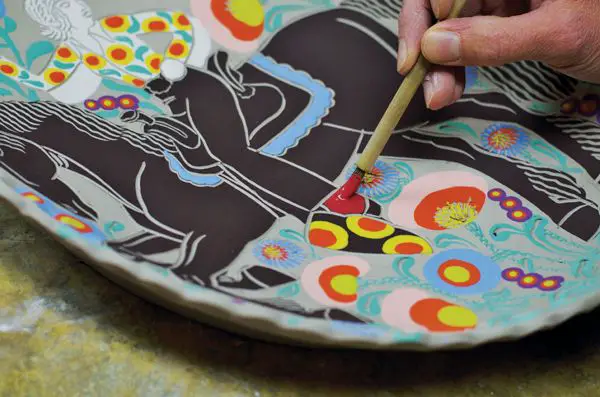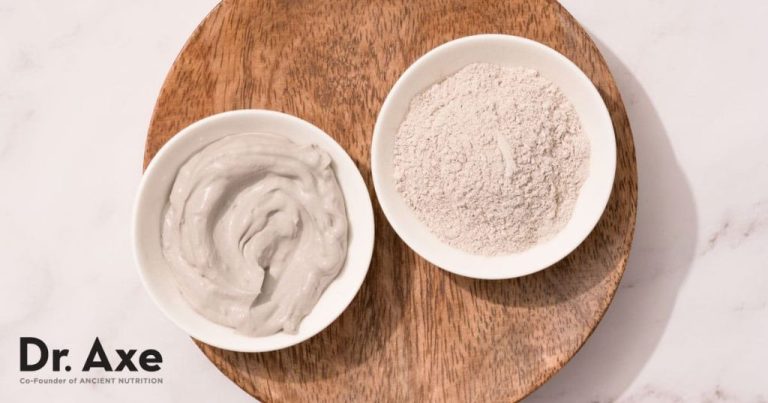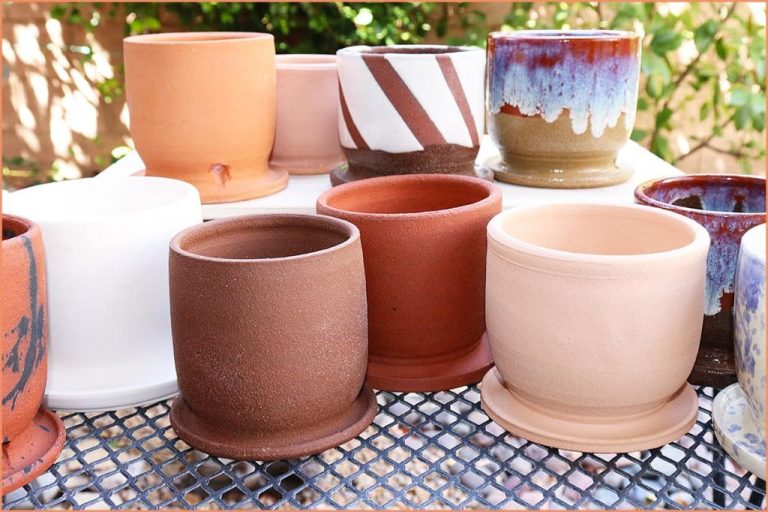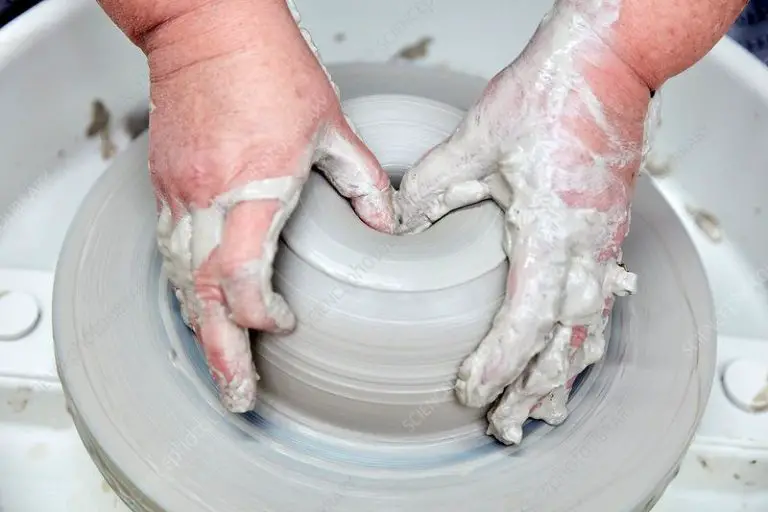Does Air Dry Clay Need An Armature?
Air dry clay is a modeling material made primarily from clay and a non-toxic additive that allows it to harden and dry at room temperature. It is an accessible, affordable, and easy to use alternative to traditional clay that requires firing in a kiln. The purpose of this article is to provide a comprehensive overview of whether an armature or support structure is needed when working with air dry clay. We will examine the pros and cons of using an armature, when an armature is recommended versus optional, tips for sculpting without an armature, and alternative options for providing support. By the end, you will have a clear understanding of best practices for working with air dry clay with or without an internal framework.
What is an Armature?
An armature is an internal framework or support structure used when sculpting with modeling mediums like clay or wax. It provides stability and helps maintain the form of a sculpture.
Armatures are often made from wire, wood, plastic, cardboard, foam, or other rigid materials. The armature acts like the skeleton or bones inside a body – giving shape and structure to the outer clay layer. This allows the artist to sculpt more elaborate, detailed forms that would be difficult to create with clay alone.
The purpose of an armature is to:
- Provide support and prevent sagging or collapse of the clay
- Allow bigger and more complex sculptural shapes
- Create posing flexibility for figures and characters
- Enable lifting and moving the sculpture before baking/firing
Overall, armatures facilitate stability and form for ambitious clay projects and sculptural works with intricate shapes and poses.
Pros of Using an Armature
Using an armature with air dry clay provides some key benefits that can make sculpting easier and lead to better results. Here are some of the main pros of using an armature:
Provides Structural Support
One of the biggest advantages of an armature is that it provides internal support to your sculpture. Air dry clay can be fragile, especially for larger or more intricate designs. An armature acts like a skeleton, giving your sculpture the strength it needs to hold its shape without cracking or drooping.
Allows More Intricate Designs
The added structural support from an armature enables you to create more detailed and complex designs. Without an armature, intricate shapes with thin parts or extensions are prone to flopping over or breaking. But with an internal framework, you can sculpt elaborate shapes, overhangs and moving parts more easily.
Easier to Work on Details
An armature also makes the sculpture process easier by giving you something firm to hold onto while you work. This makes sculpting smaller details much simpler compared to trying to handle the clay alone. You can turn and position your sculpture with ease to reach any area.
Cons of Using an Armature
While armatures provide important structure and support, there are some potential downsides to consider:
More prep work required – Creating an armature takes time and effort upfront. You’ll need to shape and size the wire frame, affix it securely, and potentially add bulk with crumpled aluminum foil or newspaper before sculpting begins. This extra step can feel tedious compared to jumping right into sculpting.
Added cost of materials – Wire, foil, newspaper and other armature components do cost money. While not expensive, it’s an extra expenditure. For hobbyists or those on a tight budget, skipping an armature is one way to reduce materials costs.
Restricts spontaneity – An armature provides structure and boundaries for the sculpture. This can restrict the clay from being shaped completely spontaneously or organically. The hands of the sculptor are somewhat constrained by the underlying form.
When an Armature is Recommended
An armature is highly recommended for certain types of air dry clay sculptures where support and stability are crucial:
-
For large or heavy sculptures – Large sculptures or those with thick, heavy sections of clay can sag, slump or even collapse under their own weight without an internal support structure. An armature provides reinforcement to hold the shape.
-
For delicate protruding parts – Details like slender arms or legs extended from the body, tall narrow necks, or thin wing-like parts are prone to drooping or breaking off without something rigid beneath the clay.
-
For complex shapes and poses – Intricate sculptures with complicated curves, overhangs or weight distribution need an armature to achieve the full range of motion and prevent warping.
In projects like these, an armature acts as the “skeleton” to allow proper shaping and prevent collapse as the clay dries and shrinks. The sturdier the armature, the more freely you can sculpt challenging forms.
When an Armature May Not Be Needed
While most complex sculptures require an armature for structural support, there are some instances when you can get away without one when working with air dry clay:
For small, simple sculptures – If you are making a small, lightweight sculpture without thin protrusions or complicated shapes, it may be able to support itself without an armature. Miniature sculptures, basic geometric shapes, and small figures generally don’t require internal support.
If the clay will be supported another way – Sometimes the sculpture design lends itself to an external support system instead. For example, a rectangular box made of clay can simply sit on its base rather than needing an interior wire frame. Other times, the clay is applied to an object that acts as its own built-in armature, like covering a glass jar or vase.
For organic, abstract shapes – Flowing, natural forms like sea life or abstract wall hangings are less reliant on an armature. The nature of their shape provides its own stability. Just avoid extended thin areas that may droop or collapse.
Tips for Working Without an Armature
When sculpting without an internal armature, there are some techniques you can use to help support the clay as it dries and prevent cracking or collapsing:
Build up clay thickness gradually – Add thin layers of clay gradually to build up to the desired thickness, allowing each layer to dry fully before adding the next. Thick pieces of wet clay are heavy and more prone to cracking and sagging without an armature.
Allow extra drying time – Drying happens from the outside-in, so larger pieces without an armature need much more time to dry thoroughly. Allow at least a few days or more between layers.
Use a supportive base – Sculpt on top of a sturdy base or substrate like wood, tile, or foam to help support the weight of the clay. This can act like an external armature.
Consider temporary supports – While the clay is wet, use rolled up bits of aluminum foil, foam pieces, or wads of newspaper to temporarily support extended parts. Carefully remove supports once clay is partially dried.
Alternative Support Options
If you prefer not to use a traditional armature or wireframe to support air dry clay projects, there are a few other lightweight options that can provide stability:
- Foam – Pieces of foam can be cut into shapes and then covered in clay. Foam blocks or foam balls are easy to find at craft stores. Foam provides cushioning and support while adding little weight.
- Other lightweight fillers – Materials like cardboard, rolled up newspaper, paper towels, or tissue paper can be used similarly to foam. Make shapes by rolling or crushing the materials, then cover them with clay for support. These options are very lightweight.
- Thick wire shapes – For more sturdiness, bend thick wires into simple shapes like circles or squares, then cover them with clay. The thicker wire provides more support than thin armatures.
- Found objects – Items like empty plastic bottles or glass jars can be covered in clay to make vases, figurines, or sculpture bases. The solid object underneath provides built-in support. Use hot glue to attach clay securely.
Get creative with materials around the house for easy internal support. Avoid heavy objects that could weigh down the finished piece. Test different items to find ones that are lightweight yet strong.
Examples and Visuals
Pictures and diagrams can help demonstrate when an armature is beneficial versus when it may not be needed for air dry clay projects.
For example, here is a photo of a simple air dry clay bowl that was sculpted without any type of armature or support inside:

As it is a relatively small and basic shape, the clay was strong enough to hold its form while drying and did not collapse or warp. An armature would likely have been unnecessary for this project.
However, more complex shapes may require some type of internal framework. Here is an image of an air dry clay sculpture of an animal with an armature made from wire:

The thin legs and elongated neck of this sculpture benefited from the support of the wire framework to prevent cracking or distortion while the clay dried.
Armatures can be created in different shapes and sizes depending on the clay project. Here is a simple diagram of some potential armature designs:

As you can see, the wire or other material used for the armature can be bent, twisted, and shaped as needed to provide interior support for the clay.
Conclusion
In summary, whether you need an armature for your air dry clay project depends on several factors. Large, heavy, or complex sculptures will require internal or external support. Simple, lightweight sculptures may be sturdy enough without an armature. Figures with thin protrusions or delicately positioned parts should be reinforced to prevent damage. Consider your clay type as well—some clays are quite fragile when dry.
For most beginner and intermediate projects, using a basic wire or foil armature is recommended. As you gain experience working with clay, you can better judge when structural supports are necessary. Miniature and basic geometric shapes may not require armatures if thin layers of clay are applied.
When in doubt, err on the side of caution and use an armature for support. It takes little effort to insert a simple form but prevents disappointment later. Don’t be afraid to experiment and find what works for your creations.




